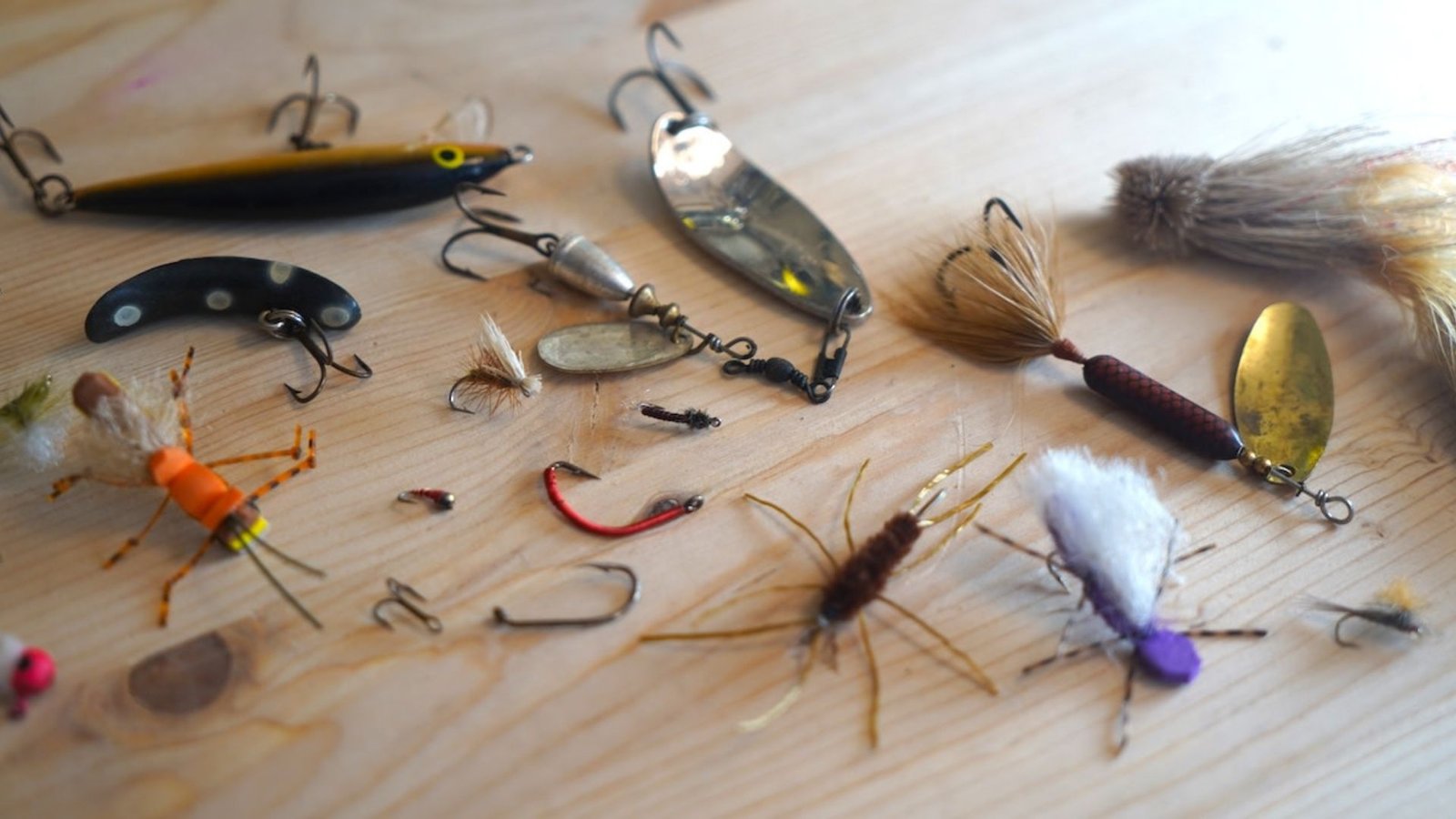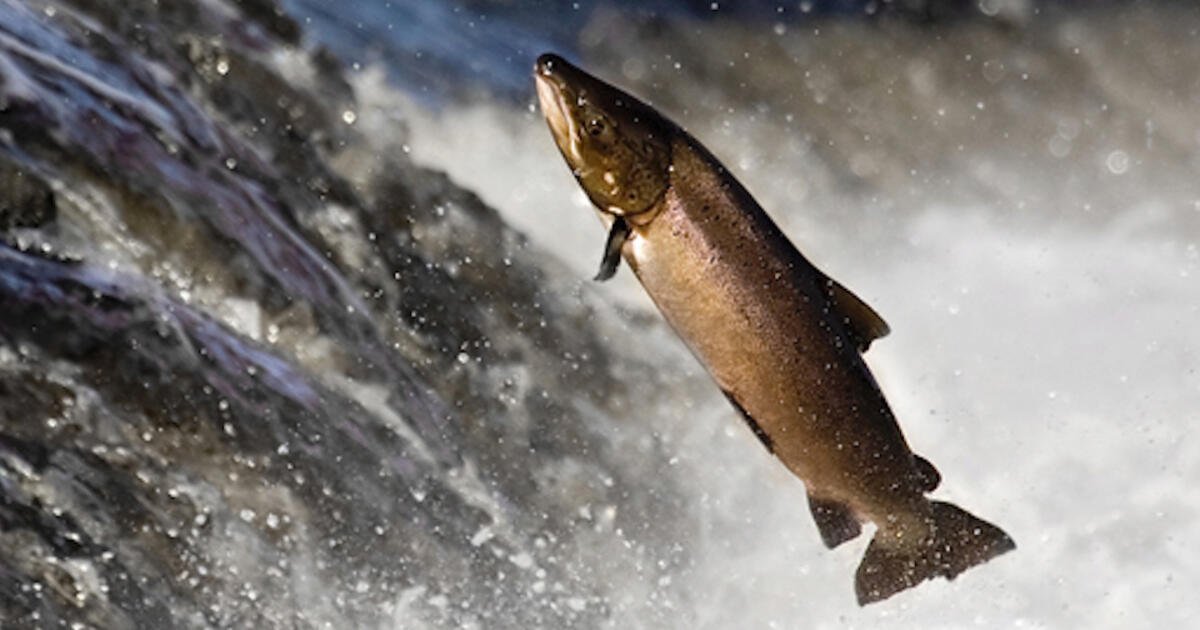Salmon fly fishing is as much an art as it is a science, requiring skill, strategy, and patience to reel in these prized fish. Mastering various techniques can significantly enhance your chances of success on the water. This article explores the top 10 salmon fly fishing techniques, offering insights into each method to help you become a more effective angler.

Top 10 Salmon Fly Fishing Techniques
Swinging Flies
Swinging flies is a classic technique for salmon fishing, particularly effective in rivers with strong currents. Cast your fly across the current and let it swing downstream in an arc. The movement mimics the natural motion of insects or baitfish, enticing salmon to strike as the fly swings into their feeding path.
Dead Drifting
Dead drifting involves presenting your fly to salmon in a manner that mimics natural prey drifting with the current. Cast upstream or across the current and allow the fly to drift naturally with minimal movement. This technique is effective when salmon are feeding close to the surface or in slower-moving water.
Stripping Flies
Stripping involves retrieving the fly in short, quick pulls to mimic the movement of fleeing baitfish or insects. It’s effective for imitating wounded prey and triggering aggressive strikes from salmon. Experiment with varying retrieval speeds and pauses to find the rhythm that entices fish to strike.
Nymphing
Nymphing involves fishing with small, weighted flies (nymphs) that imitate aquatic insect larvae or small prey. This technique is effective in deeper pools, around structure, or during periods when salmon are feeding near the river bottom. Use a strike indicator to detect subtle strikes and adjust your presentation accordingly.
Dry Fly Fishing
Dry fly fishing involves using buoyant flies that float on the water’s surface to imitate adult insects or emerging flies. This technique is best suited for shallow, clear water where salmon are actively feeding near the surface. Patience and accurate casting are crucial for presenting the fly delicately and enticing fish to rise.
Indicator Fishing
Indicator fishing, also known as bobber fishing, utilizes a buoyant indicator (bobber) to suspend the fly at a desired depth. This technique is effective for fishing deeper pools, channels, or faster currents where salmon may be holding at different depths. Adjust the indicator’s placement to target fish at varying water depths.
Spey Casting
Spey casting is a specialized casting technique used in rivers with limited casting space or when fishing with two-handed rods (spey rods). It allows for long, controlled casts across wide rivers and facilitates efficient fly presentation in challenging conditions. Mastering spey casting requires practice but can significantly extend your reach and effectiveness as an angler.
Wet Fly Fishing
Wet fly fishing involves fishing with subsurface flies that imitate aquatic insects, baitfish, or other prey beneath the water’s surface. Cast across or downstream and allow the fly to sink before retrieving it with short strips or a steady retrieve. This technique is effective for targeting salmon feeding at various depths and in different water conditions.
Drift Fishing
Drift fishing involves drifting your fly naturally with the current, often using a boat or float tube to cover a larger area of water. It allows you to present your fly at different depths and angles to effectively target salmon holding in specific areas. Drift fishing requires attentiveness to current speed and direction to maintain a natural presentation.
Matching the Hatch
Matching the hatch involves selecting fly patterns that closely resemble insects or prey species currently abundant in the water. Observe local insect activity, such as hatches or emergence patterns, to determine which flies to use. Matching the hatch increases your fly’s realism and appeal to salmon, improving your chances of a successful catch.
By mastering these top 10 salmon fly fishing techniques and adapting them to different fishing conditions and salmon behaviors, you can enhance your skills as an angler and increase your success on the water. Experiment with various techniques, observe fish behavior, and refine your approach to maximize your enjoyment and achievements in salmon fly fishing.


